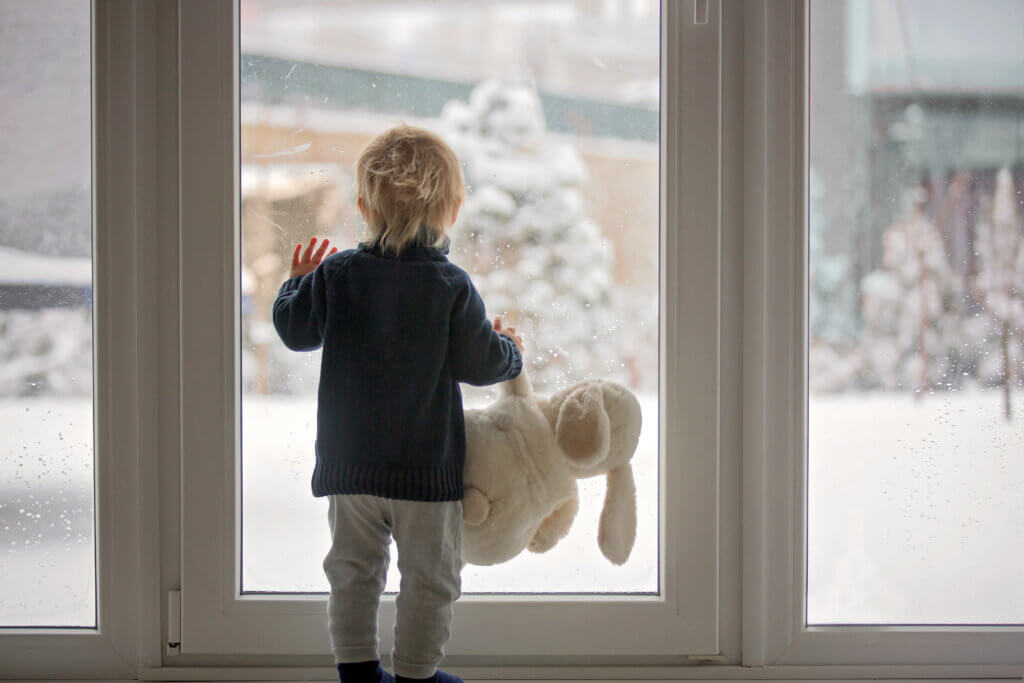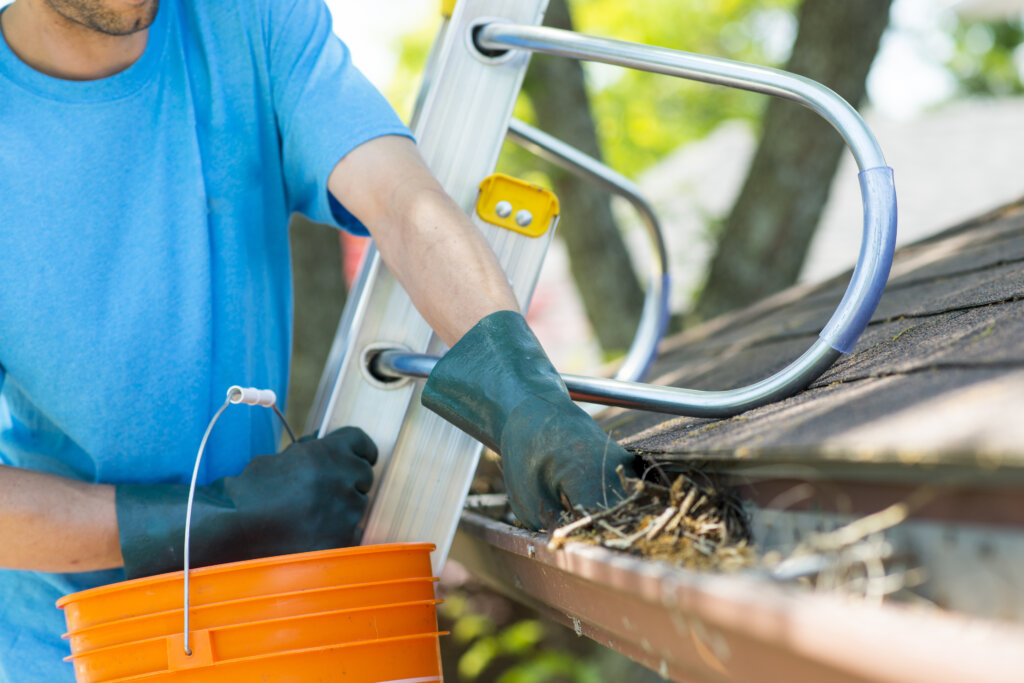Well it’s here. The snow, the ice, and the frigid temperatures. But also, the holidays, the hot chocolate, and the snow globes! So, it’s not all bad. And it’s especially not all bad if you’re prepared for it. Here are the top 10 ways you can still get your home ready for winter this year.
1. Protect Indoor Pipes
Pay special attention to basements, where 37 percent of all burst pipes happen. According to Home Advisor, a burst pipe can cost about $500 to repair and can cause as much as $3,000 in additional damage. On the other hand, pipe insulation, which you can install yourself around any exposed copper or PVC water pipe, costs as little as 50 cents per linear foot. Use it under sinks, in attics and crawl spaces, and on pipes along exterior walls.

2. Swap Out Screens for Storm Windows
Not only do storm windows provide an added layer of protection against driving rain and snow during a heavy storm, even if you have newer, double-paned windows, they will create an insulating layer of air between your windows and the cold air outside. So, remove and store those screens and install glass storm windows today.
3. Insulate Your Attic
Spending money to insulate your attic will save you money in the long run in two ways. You’ll keep your home’s heat out of the attic and in your living quarters where it belongs, and by keeping the attic cooler, you may prevent damaging ice dams from forming on your roof. New attic insulation will also help lower your energy bills by helping to keep the outside air out of your home, making it easier on your HVAC unit to regulate the temperature inside. Exactly how much insulation you need varies by the temperatures in your region.
4. Service Your Furnace and Chimney
Fireplaces, chimneys, and heating equipment are some of the most common causes of home fires. Have them serviced and inspected annually. Make sure the inspector examines the condition of the chimney since brick periodically needs upkeep to prevent water from leaking in. Make sure the cap is inspected as well. It’s the part that keeps heat-seeking animals like squirrels out. If a squirrel gets in, it could damage that new insulation!
5. Repair Roofing Shingles
If you suspect your roof has missing, damaged, or even just loose shingles, have a professional make the repairs before the first snow. A single cubic foot of snow weighs roughly 20 pounds. That pressure can cause loose shingles to shift, creating space for water or moisture to get in your roof and leak into your home and attic.
6. Trim Dead Tree Limbs
A dead branch covered in snow can easily snap, endangering people below. It can also cause thousands of dollars’ worth of damage if it strikes a roof, a porch, or siding. Before the first snow, have a reputable tree service, landscape contractor, or arborist remove any dead or ailing limbs.

7. Clean and Inspect Your Gutters
Clogged gutters can cause water to back up and then freeze once temperatures drop. Keep gutters clear and properly connected to ensure that melting snow runs off your roof and through downspouts. Better yet, have gutter guards installed.
8. Repair Pavers & Patios
A loose patio stone or paving stone will only get worse over the winter as the soil’s natural freeze and thaw cycle pushes it farther out of place in a process called “frost heave.” Have a mason or handyman reset loose stones in the fall before the inevitable snow and ice comes.
9. Secure Outdoor Water Sources
Drain and store any garden hoses or sprinklers before the first frost to eliminate the chance that they’ll freeze and burst. Shut off the water supply valve inside your house or basement that feeds that line, then open the outdoor spigot (any water trapped inside will drain out). If you only shut off the spigot itself, trapped water can freeze and cause a pipe to burst.
10. Mark Garden Beds, Paths, and Driveways
After a heavy snowfall, it can be difficult to see where driveways, flower beds, and walkways end and your lawn begins. Use fiberglass snow poles or driveway markers every several feet to line the edges of these areas. That helps provide a clear path for the person shoveling or snow blowing – whether it’s you or a professional – saving your lawn from unnecessary damage.
With ten tips like this, your home can be protected, and you can be cozy in front of the fire watching Elf while drinking your hot chocolate. See? Winter is not all that bad. Especially when you’re winter prepared.